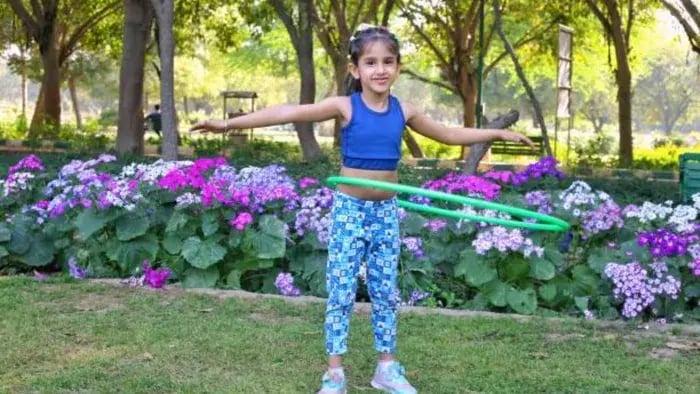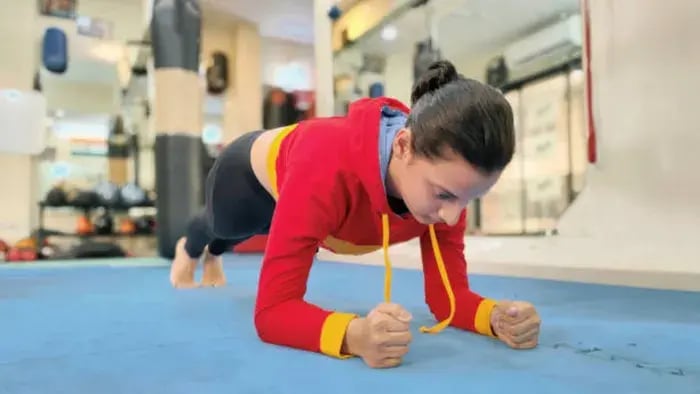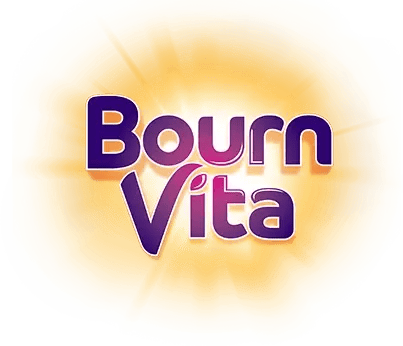- Cardiovascular Endurance
- Muscular Strength
- Muscular Endurance
- Flexibility
- Balance
- Speed and Agility
Introduction

Fitness is often thought of as running fast or doing jumping jacks until you’re out of breath. But that’s just one part of the picture. True physical fitness is a balanced mix of strength, stamina, flexibility, coordination and endurance, each playing a unique role in a child’s physical and mental growth. Focusing on cardio may improve heart health but skipping other types of movement can leave gaps in your child’s development.
For growing bodies, variety is key; some kids love stretching and dance, others feel more confident doing resistance-based workouts like planks or squats. Then there are those who enjoy balance-building movements like yoga or skipping rope. Each type supports a different part of the body, from joints and muscles to brain signals and posture, and helps with energy management, immunity and sleep quality too.
A well-rounded fitness routine also keeps exercise from getting boring or repetitive. It builds discipline without stress and allows kids to feel strong in different ways, whether it’s lifting a school bag with ease or staying calm during a long day. By helping your child understand these different types of physical fitness, you’re encouraging smarter, safer and more enjoyable movement throughout their day.
7 Key Types of Physical Fitness Every Child Should Know

Not all movement works the same way. While running may improve stamina, it won’t do much for flexibility or balance. To help your child stay strong, active, and confident, it’s important to understand the types of physical fitness that support different parts of the body. Mixing these elements creates a well-rounded routine that boosts physical development and makes exercise more fun and engaging. Here’s a look at seven essential types of physical fitness beyond just cardio.
Cardiovascular Endurance
According to a study published in Int J Gen Med. 2012, this type of fitness helps the heart and lungs work better. Activities like running, cycling, skipping, or playing tag all improve endurance. It builds stamina, helps regulate weight, and improves oxygen flow—great for staying energetic through school, sports, or dance class.
Muscular Strength
As per a study published in Clin Sports Med. 2000, muscular strength isn’t just about lifting weights. It includes exercises like push-ups, wall sits, or climbing stairs. These activities help kids carry school bags, open jars, or play longer without tiring easily. Strong muscles also reduce the chance of injury during play.
Muscular Endurance
A study published in, Clin Sports Med. 2000, while strength is about how much force muscles can handle, endurance is about how long they can keep working. Activities like holding a plank, doing yoga, or cycling uphill build this. It’s especially helpful in sports and day-long school routines where muscles need to keep going.
Flexibility
Research published in, Evid Based Complement Alternat Med. 2012, shows that stretching, yoga, and dancing improve flexibility. This type of fitness helps prevent injuries, supports good posture, and reduces tightness. It’s also great for kids who experience growing pains or stiffness after long hours of sitting in class.
Balance
Balance is built through exercises like standing on one foot, using a balance board, or certain yoga poses. It sharpens coordination and prevents falls. Study published in, Cureus. 2024, a strong balance helps kids feel more confident in activities like skating, climbing, or even walking on uneven paths.
Speed and Agility
This type of fitness helps with fast footwork and quick direction changes—needed in games like badminton, basketball, or kho-kho. Agility exercises include ladder drills, short sprints, or side-to-side jumps. According to a study published in, BMC Sports Sci Med Rehabil. 2025, they also improve focus and reaction time, both on the field and in class.
Coordination
Coordination involves using multiple parts of the body together smoothly. Skipping rope, dribbling a ball, or catching games improve this. As per a study published in, Children (Basel). 2021, it builds motor skills and helps with writing, drawing, and handling everyday tasks with more confidence.
Conclusion

A child who is only focused on one type of fitness, like just running or only stretching, misses out on full-body benefits. Mixing all seven types builds overall strength, keeps workouts interesting, and supports both physical and mental growth. Whether your child loves sports or prefers indoor games, there’s a way to include every type of movement. Guide them towards variety, and you’ll help them stay healthy, active, and confident as they grow.
Her love for storytelling began with reading her grandfather’s speeches, where Tarishi saw the power of words in creating lasting memories. Combining her passions for food and writing, she has turned her life into a fulfilling path of sharing stories that celebrate flavours and how food brings communities together.
The views expressed are that of the expert alone.
The information provided in this content is for informational purposes only and should not be considered a substitute for professional medical advice, diagnosis, or treatment. Always seek the advice of your physician or another qualified healthcare provider before making any significant changes to your diet, exercise, or medication routines.
References
https://pmc.ncbi.nlm.nih.gov/articles/PMC8625902/
https://pmc.ncbi.nlm.nih.gov/articles/PMC11963327/
https://pmc.ncbi.nlm.nih.gov/articles/PMC11221492/
https://pmc.ncbi.nlm.nih.gov/articles/PMC3447533/
















